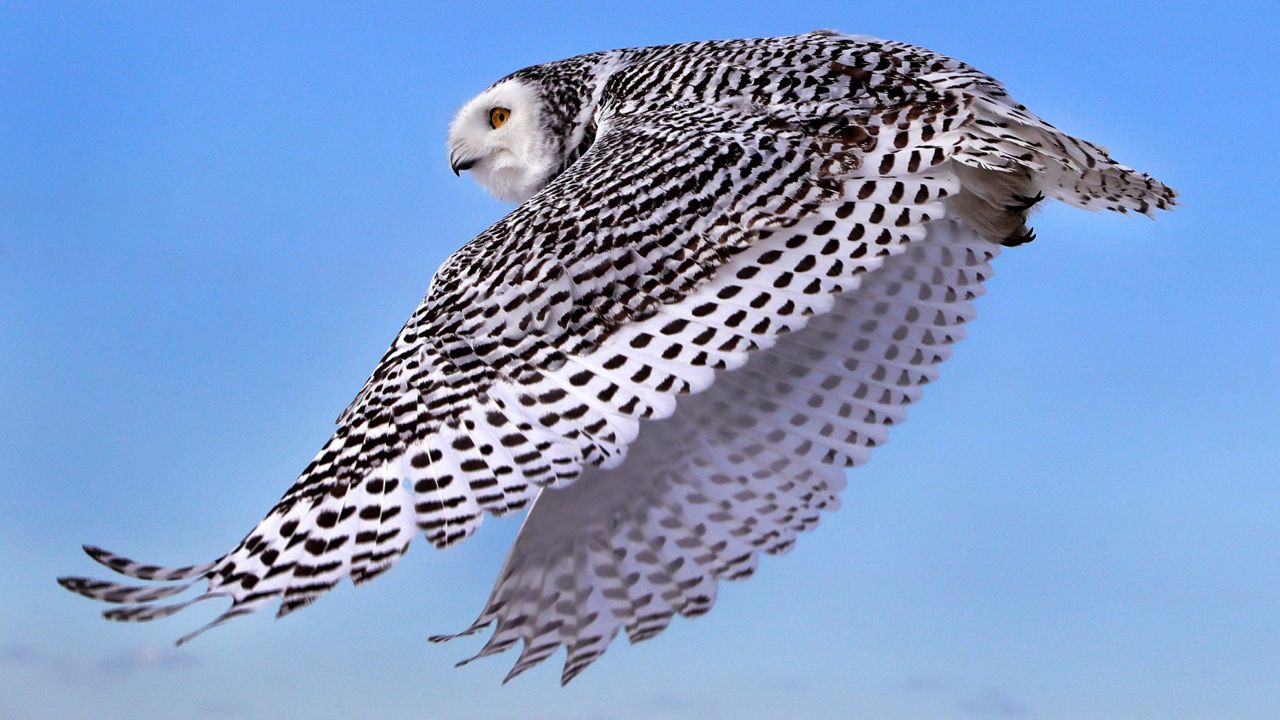While I have not seen the snowy owl in person, there have been local sightings of this beautiful bird.
What You Need To Know
- The snowy owl is also known as the polar, arctic, and white owl
- The owl breeds on the tundra north of the Arctic Circle
- The owl is a long-distance migratory bird
- On rare occasions, it can be seen in Texas and Florida
The owl is native to the Arctic, but can travel long distances of thousands of miles.
The snowy owl is one of the largest owls in the world. An adult is roughly 2 to 2.5 feet in length. The bird can weigh 4 to 5 pounds.
You will know it if you see one as the plumage is unmistakable. The adult male is nearly pure white with just a little bit of barring on the tips of its plumage. The adult female is also white but has more brown bars, giving an almost spotted look. Another way to identify a female is they are much larger than the male.

The snowy owl is a powerful bird. It mainly feeds on rodents and lemmings, but can take down an eider, which is a duck nearly the same size as the owl!
The owl's breeding ground is across the Arctic Circle to the North Pole. Breeding season occurs once per year and lasts about 4.5 months. Depending on the conditions of the breeding season which includes the abundance or lack of food, the number of fledglings can vary greatly.

In poor conditions, females may lay just a few eggs. When food supply is abundant, they may have a clutch of 14 to 16 eggs. Depending on the number of young owls and the available food supply, the birds may migrate long distances. While some remain in the Arctic, others will reach the northern tier of the United States. On rare occasions, they may fly as far south as Texas or Florida!
The snowy owl has a long history and has been found in cave art. The owl is also a great indicator of the health of the Arctic.
The next time you are out for a walk, especially near bodies of water, keep a lookout for this visitor from the north.



